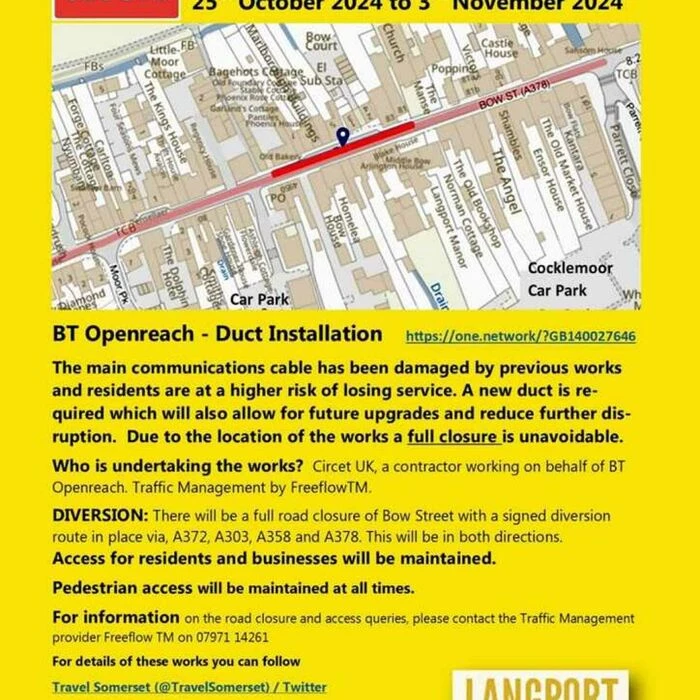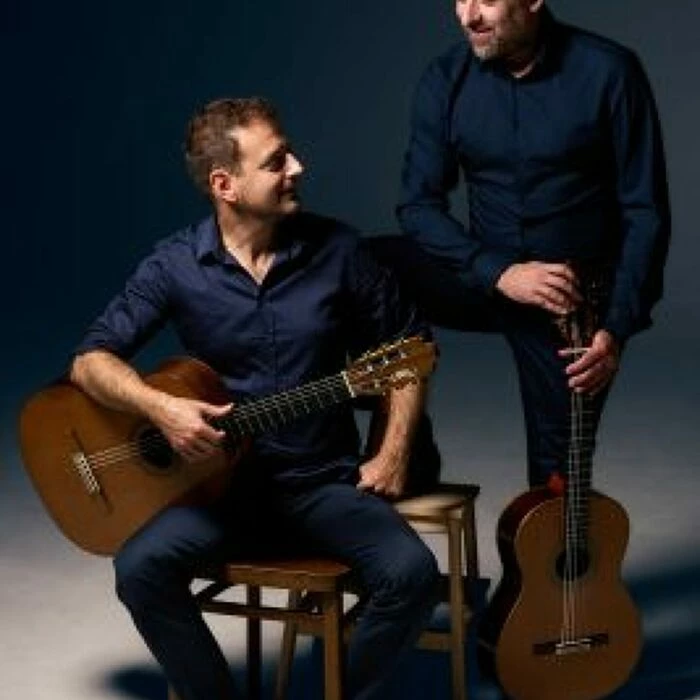A Farmer's Reply
Sally, a regular contributor to Curry Rivel Online on matters nature and wildlife, contacted the new Burton Pynsent Estate Manager on behalf of local residents who were concerned about excessively severe hedgerow management. What was perceived to be overly harsh cutting back of some arable field borders and hedgerows, and its potential impact on the rare Brown Hairstreak Butterfly, an indicator species, had worried some around the village.
Sally was delighted to receive a detailed and considered reply and both Sally and Tim, the Estate Manager, have agreed that in the interest of enlightening us to the work some farmers put into wildlife conservation, his reply can be shared with you.
So here are some informative extracts from it:
- Burton Pynsent has a dedicated lepidopterist who, for the last 15 years or more, has surveyed several of our farms every week and our operator and myself manage hedges, and others of the National Trust, with a particular eye for Brown Hairstreak Butterfly. On one farm we have recorded counts of 92 eggs per man hour – I am unaware of anything close to that in the UK.
- I'm sure that you will appreciate that we have a fairly extensive knowledge of hedgerow conservation and management, and are proven to have consistently and successfully put this knowledge into practice. We also manage a multitude of other wonderful species across the farms, from insects such as the Shrill Carder Bee, vascular plants like Spreading Hedge Parsley, Corky Fruited Water Dropwort, Shepherd's Needle, many species of Orchids, Skylarks and Yellowhammers; Yellowhammers to Barn Owls, Hobbies, European Brown Hare (albeit technically non-native), Horseshoe Bats, Great Crested Newt, Red Kites, Ravens to name but a very few.
- We are very lucky to be involved with the fantastic, passionate and largely thankless work the previous Estate Manager had quietly put into conserving and promoting native flora and fauna at Burton Pynsent for many decades and I have every intention of continuing to promote Burton Pynsent's wildlife.
- The areas you raised in your letter have been cut back the required length for the access and movement of machinery (approx 10m). The growth has been taken back to the original boundary line as this gateway was much too narrow for machinery to pass through without damage. It has been little used in the past, but is now used significantly more in order to minimise the traffic on the wildlife conservation borders.
- It is worth noting that this (old/dense) type of growth is not favourable to Brown Hairstreak as they tend to prefer laying their eggs on the junction of new and old growth – as the old adage goes "A butterfly should be able to fly into the hedge, but not through it". It is also a midpoint between two Ash trees, very important for Brown Hairstreak Butterfly breeding cycles (the males display to the females above the canopy).
- It will be a sad day for butterflies if Ash Dieback seriously takes hold. We also have White Letter Hairstreak and it was the loss of flowering Elm causing much of their decline and I fear for the Brown Hair Streak butterfly in the same light.
- Regarding access and footpaths, some gateways are intended to be solely for the movement and access of machinery – not public footpaths. Such areas should not be accessed by walkers without permission due to the damage and disturbance it causes to the vascular plants, ground nesting birds, and small mammals among others – for which the margins are managed.
- With such an extensive network of footpaths, it is lovely to be able to share Burton Pynsent with the public – even if many do not recognize or understand the importance of much of the flora and fauna around them. It is good to see so many getting out into the countryside. It is, however, extremely frustrating and depressing that many fail to keep to the footpaths, and instead decide that 'no harm is done' if they walk on the conservation margins around the fields.
- All too often we are presented with the attitude that 'I've walked around here for the last 10 years', 'I'm not causing any damage', 'My dog is on a lead' etc. I, myself, have regularly encountered this attitude, and in one particular instance of 'I'm doing no harm', I had to point out that the gentleman in question was standing on Shepherd's Needle. I'm afraid that many people can neither identify many of the more notable species that reside in the conservation margins, nor understand the requirements for their successful promotion, and yet are quick to – usually erroneously – judge those trying to manage the land and wildlife.
Thank you Sally for raising this question directly with Burton Pynsent, and Tim for this informative response and for your ongoing careful stewardship of our native flora and fauna.
And a final note from Sally:
I have been told of yellowhammer nests failing, possibly due to disturbance from dogs running along the hedgerows. As dog walkers we have a special responsibility to minimise damage our beloved pets may do.
Quick Links
Get In Touch
CurryRivelOnline is powered by our active community.
Please send us your news and views.
Email: editor@curryrivel.org.uk






